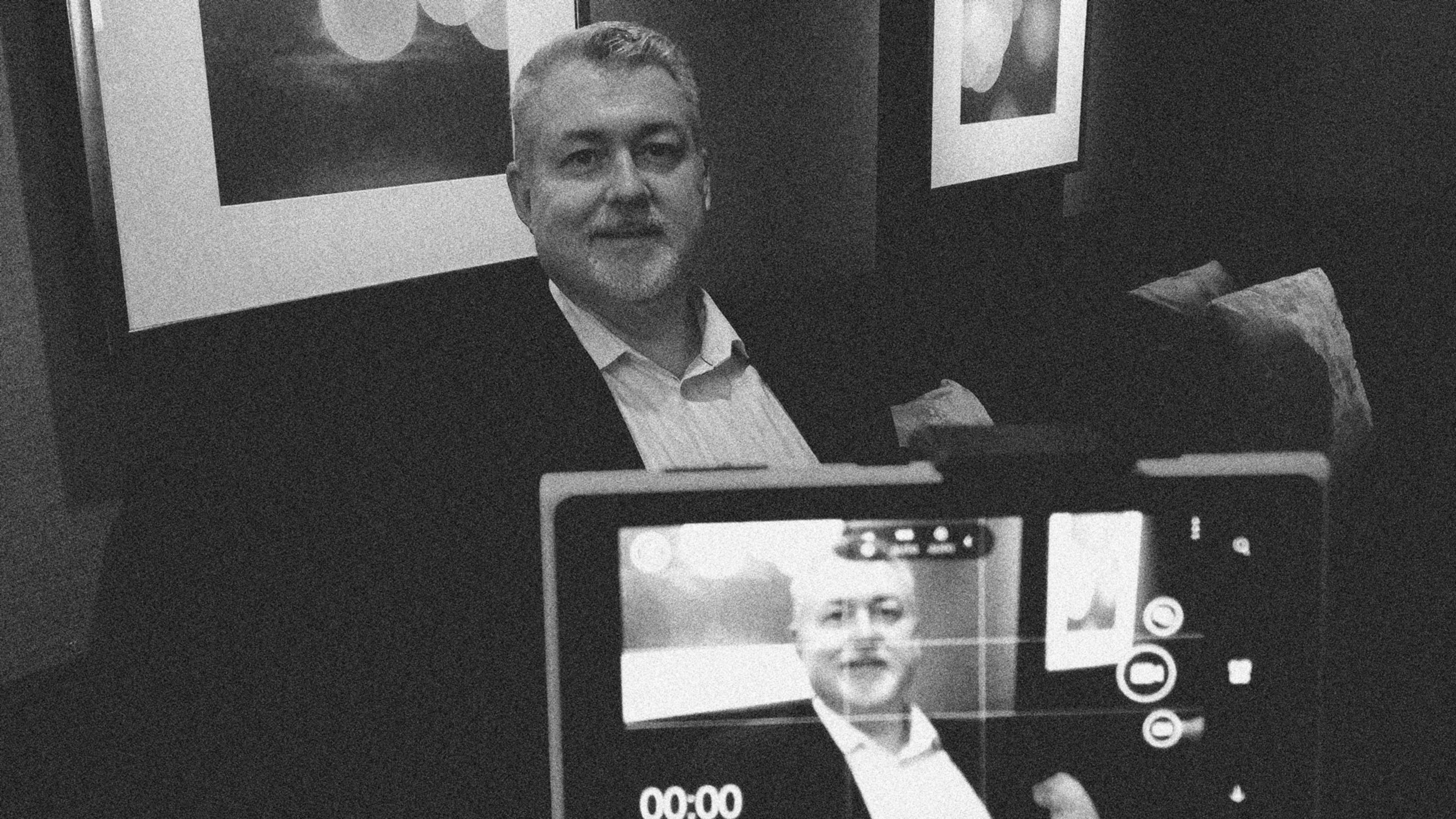When you’re on the job hunt, be prepared when a prospective employer asks you to record a one-way video. While a phone interview has traditionally been the first step in the hiring process, more businesses—from Fortune 500 companies to tech startups to talent agencies—are short-listing candidates via a one-way video screen. “This is rapidly becoming the new standard,” says Kurt Heikkinen, CEO of Montage/Shaker International, a recruiting technology solution.
The trend makes sense from the recruitment side, especially for high-tech and communications positions, where digital fluency is a must. A request for a one-way video interview—where you record yourself answering a set of questions—will typically be sent to you after HR has reviewed your written materials and is interested to learn more. It saves time and costs for HR staff, who do not have to schedule individual appointments with a high volume of applicants.
On the candidate side, a one-way video screen allows you flexibility on when and where you conduct the interview, especially if you are currently employed and can’t schedule a phone call or a two-way video interview during the workday. But for some candidates, being asked to submit a one-way video can feel impersonal, or even awkward. These tips will help you get it right:
Maintain eye contact and smile
HR staff want to see the same qualities from you as they would in a phone interview or face-to-face conversation, like charisma and professionalism. “Pretend you can see the person on the other side talking to you, and make the same amount of eye contact as you would when talking to someone you can see,” says business coach Stacy Caprio.
If you are not used to being in front of a camera, conveying authenticity can be a huge challenge, says body language expert and interview coach Patti Wood. Typically, when people communicate, they naturally adapt to each other to gain rapport, a process Wood describes as “matching and mirroring.” Wood says that learning how to match and mirror the actual recording software—for example, adapting to different image resolutions, time delays, and volume—is key to getting comfortable on camera. She suggests recording yourself with several different types of video interview software available online in preparation. Wood also recommends lifting your mood by playing upbeat music as you rehearse. Review your recording to see your own posture, body language, and level of eye contact.
Practice, but don’t sound rehearsed
Understand the parameters of the interview before it begins. “I would ask the employer, ‘How will this be used?’ and ‘What is the benefit to me of being able to participate?'” says Heikkinen, who believes that employers who care about their brand and recruitment experience will be transparent about their process. Some companies may send you a list of questions, while others may send you a prerecorded video of an HR representative asking you questions. Some one-way video screens may allow you to erase and record your answers, while others will allow you to answer a few practice questions before recording your answers, which cannot be edited.
“A common mistake I have seen with candidates is how they try to be ‘right’ in their responses by reading their pre-written notes,” says Chris Chancey, founder of the staffing company Amplio Recruiting. “Candidates who have made an impression on me were confident in the way they answered their questions. You could see they had thought about their responses in detail but did not limit themselves to a script.”
Set the stage
Prepare for your one-way video screen as you would for a regular job interview. If you are recording the video from home, it might be tempting for you to speak casually from your bedroom. But Stefan Midford, president and CEO of retail job-matching platform Capango, says that due to the volume of candidates recruiters are reviewing, they will “often make snap judgments in seconds.” Midford advises that you make a professional first impression by making sure “everything visible in the frame looks tidy, the environment is quiet,” and that you are dressed professionally. If you are a strong candidate, recruiters will often watch your video interview multiple times.
Push back when needed
Vet your prospective employers carefully, and only submit one-way video interviews for the opportunities that are right for you. “It’s important for the firm to get a good sense of the candidate but also for the candidate to get a sense of the firm,” says Christina Warner, a healthcare marketer at a top Fortune 500 company. Warner says that during her MBA program, she had about five one-way video interviews. “I found myself feeling warmer towards firms that had a phone call, or a two-way video call for the screening,” she says.
One-way video interviews also come with drawbacks for candidates, says Keirsten Greggs, founder of TRAP Recruiter. “There is no opportunity for follow-up questions, and there’s no way to really gauge via body language how you’re doing and if any adjustments need to be made,” she says.
Michael Tuso, director of revenue performance and a hiring lead at Chili Piper, says that because the tech firm is fully remote, he extensively uses video interviews. From the hundreds of video screens he has requested, a few candidates asked for a phone interview instead. “It’s not a deal breaker for us,” he says.
Recognize your brand's excellence by applying to this year's Brands That Matters Awards before the early-rate deadline, May 3.
